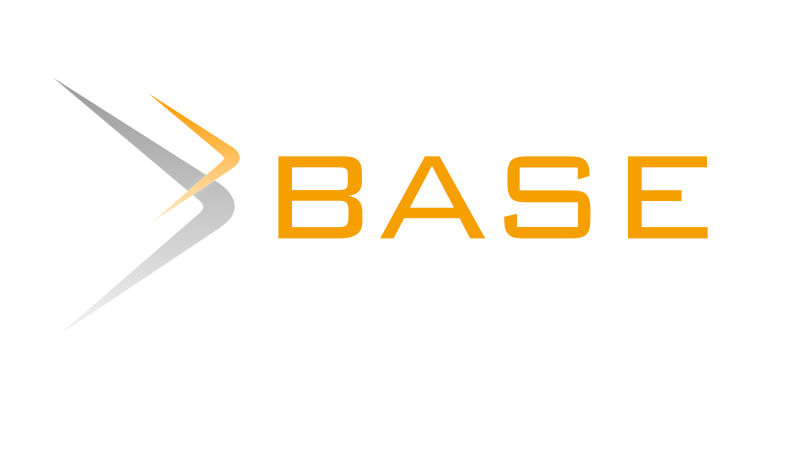International Journal of Contemporary Research In Multidisciplinary, 2025;4(3):512-518
Advancements in Deep Learning for Multi-Class Brain Tumor Classification: A Systematic Review
Author Name: D. Mukherjee; S Bhattacharjee; Dola Saha; Madhurima Sarkar;
Abstract
Brain tumors provide a huge medical challenge because of their intricacy, high mortality rate, and influence on the central nervous system. Accurate and early diagnosis is essential for developing effective treatment regimens and improving patient outcomes. Traditionally, brain cancers have been diagnosed via invasive approaches such as biopsies and radiologists manually analyzing Magnetic Resonance Imaging (MRI) data. However, these conventional procedures are time-consuming, prone to human error, and frequently lack consistency in multi-class tumor detection. Deep learning, a type of artificial intelligence, has emerged as a possible solution to these problems in recent years, automating and improving brain tumor classification accuracy.
This paper focuses on the use of deep learning approaches in the multi-class categorization of brain cancers, namely gliomas, meningiomas, and pituitary tumors. We present a thorough review of several deep learning architectures, including Convolutional Neural Networks (CNNs), ResNet, VGG, DenseNet, and others, highlighting their benefits and limits in medical imaging applications. We also look at publicly accessible datasets routinely utilized in research, as well as preprocessing methods including normalization, skull stripping, and data augmentation to increase model performance. The study also examines the assessment criteria used to measure classification accuracy, as well as the primary issues that researchers encounter, such as data imbalance, model interpretability, and generalizability. Finally, we offer future possibilities for strengthening model robustness, explainability and clinical integration to help medical practitioners make accurate and efficient tumor diagnoses.
Keywords
Brain Tumor Classification, Deep Learning, Convolutional Neural Networks (CNNs), Multi-Class Classification, MRI Imaging, Skull Stripping, Data Augmentation


